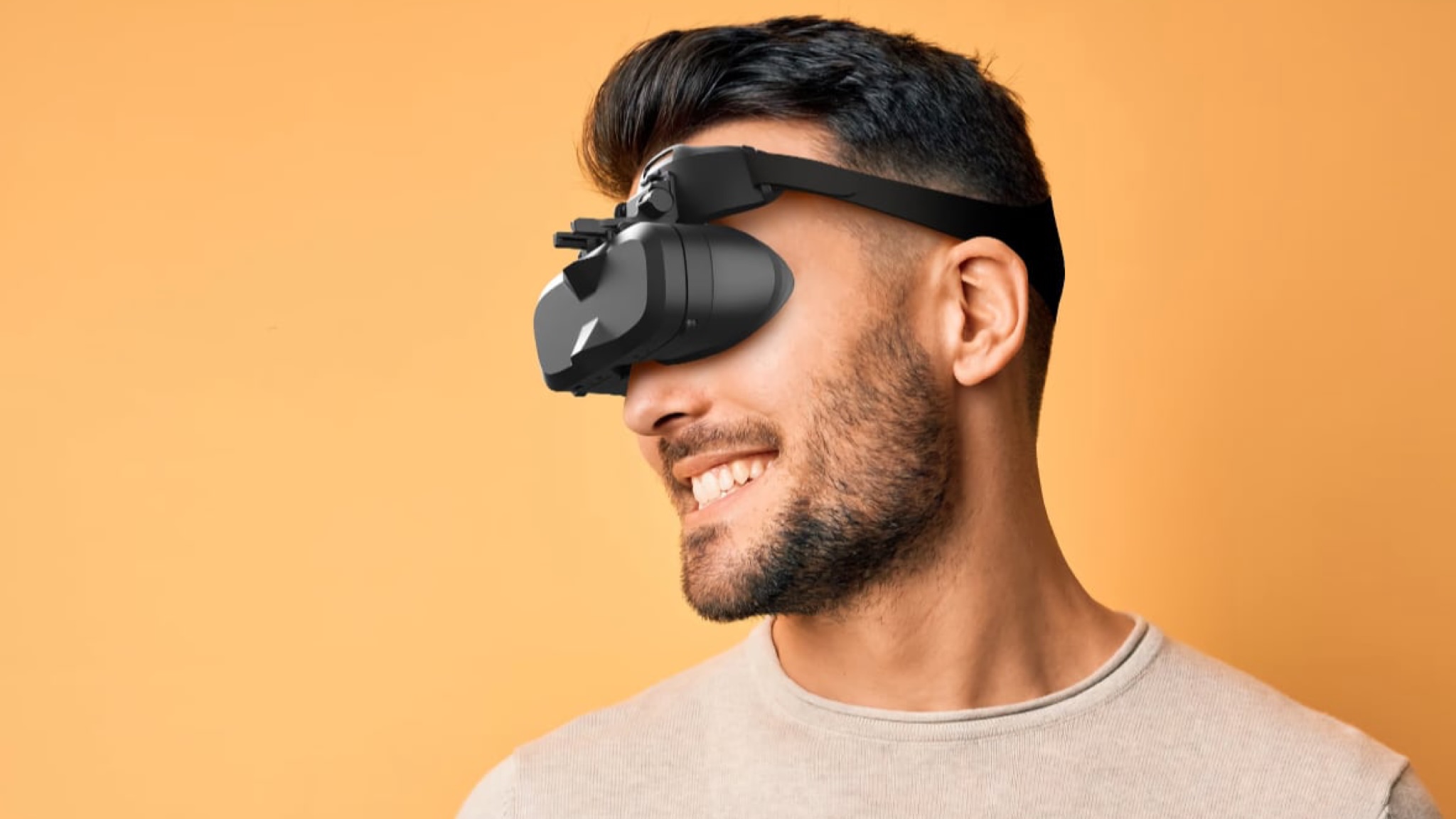
Two new mixed reality headsets have launched with Apple-beating display resolutions.
Samsung is expected to use the same displays in its forthcoming Vision Pro rival.
One of the things that sets Apple's Vision Pro apart from rival headsets is its very high resolution – an impressive 3,386 pixels per inch, making the visual experience something truly magical. But now two new mixed reality headsets have raised the game.
They each sport 3840 x 2552 pixel micro-OLED displays, resulting in 3,882ppi.
Of course, the difference between 3,386 and 3,882 is not likely something you'll be able to perceive. But, it's still significant because while you probably haven't heard of the new headsets' manufacturers, Play For Dream and Megane, Samsung is reportedly planning to use the same displays in its forthcoming Project Moohan device.
What this display tech means for mixed and virtual reality
First and foremost, adopting an even higher resolution will give Samsung bragging rights over Apple. But, it's another part of what appears to be a pretty ambitious project and product.
We know that Google, Samsung and Qualcomm are working on Project Moohan as the flagship Android XR headset, and that means it'll be the first serious Vision Pro rival. It's believed to be significantly more advanced than the likes of the Meta Quest 3 and Pico 4 Ultra.
The bad news is that you probably won't be able to get those displays in front of your eyeballs any time soon. The Project Moohan trio are expected to launch the product as a developer version first, so that there will be a good selection of native applications when the headset is later launched as a consumer product.
It's also likely to be as expensive as Apple's headset: as FlatpanelsHD reports, the Play For Dream headset has a dollar price of around $2,000 and the MeganeX Superlight 8K headset is roughly $1,900. Samsung's will surely have a higher premium.
That means, like Vision Pro, it's not expected to be a big seller for some time after launch. In late 2024, there were reports that Apple was going to wind down production of its £3,499 / $3,499 / AU$5,999 headset doe to a large backlog of unsold devices.






